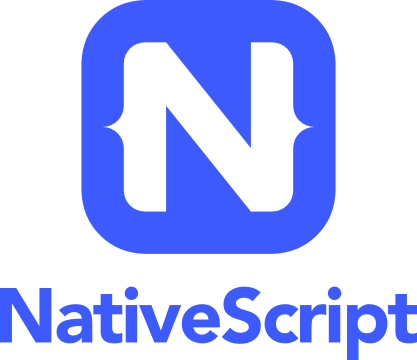

However, NativeScript-Angular does not support nested properties in its HTML template, so adding TabViewItem to TabView is a little bit different. In a pure NativeScript application TabView has an items property which could be set via XML to an array of TabViewItems (basically, an array of objects with title, view and iconSource properties).
#Page component overlaps with tabview nativescript how to
Using a TabView inside an Angular app requires some special attention about how to provide title, iconSource and content (view) of the TabViewItem. The TabView component provides a simple way to navigate between different views by tapping on some of the tabs or by swiping between the views.īy default the TabView will load the view of the first tab, however it's possible to load alternative tabs when the app starts by setting the component’s selectedIndex property. Consider using BottomNavigation or Tabs components instead as these components are providing much greater control and functionalities. *Note - I'll use TypeScript in the example just so you can see the types of each object, but the pure JavaScript would work the same way.Important: With version 6 of NativeScript the TabView component is deprecated. Here's what our leftTab.xml and leftTab.js files would look like: But, how will our view know if it's the selected view? Fortunately, the TabView has an event for this and we can listen to it in our individual views. Now that our views are separated out, they each have their own XML and JS files - this means that setting a bindingContext for the entire tab's view is exactly how you would for any page, and can wire up loaded, unloaded, etc. It may not look like a big change now, but imagine each of those two tabs had dozens of lines of XML each and then tack on a couple more TabViewItem in the same condition and the difference becomes clear. So, my XML for myTabView.xml would look like this: Here's how I'd structure it:Īfter getting the files structured, I'll use XML Namespaces to bring in our views (see these NativeScript docs or this previous post of mine for a primer on how that works). Let's start with the file structure, for that will help other things make sense as we go.

Let's roll with the example we started with - we have two TabViewItems (Left Tab and Right Tab) that reside in the TabView, and we want to separate those out. This is the first key to effectively working with the TabView, and the benefits will be felt immediately. Tip: The techniques I show for managing view models can actually apply to more than just TabView - they can apply to any views you component-ize :) Separate Files for TabViewItem Views But, what if we need some model that's common across two or more tabs? Well, I'm glad you asked -) Managing View Models - Now that our tab's views are separated out, having separate view models for each tab is easy.Managing Loading/Unloading of Views - TabView has some unique characteristics (at least on Android, which is where I focus for now) when it comes to when TabViewItem views are loaded and unloaded, and knowing this can make all the difference.Communicating tab change events - If we're going to separate our views into their own files (both XML and JS), then we'll want each view instance to be able to know when it's the active view.Get in the habit of doing this, and you'll be glad you did. Just because they are all under a single TabView component, doesn't mean they all have to live together. Nobody wants to work in an eleventy-hundred-line XML file containing the markup for 5 separate tabs.

Separate files for each tab's view - Trust me on this one.Let's walk through these 4 key ingredients to effectively using the TabView: so we're going to have to get to know our TabView a bit better in order to bend it to our will use it successfully :) Things can start to get a bit tricky when you have larger views, more complex view models for each tab, etc. There are a slew of other properties ( selectedIndex, selectedBackgroundColor, tabsBackgroundColor, etc.) you can give, but this is the crux of what's needed to make the TabView.Įven though this is the standard example given - actually, it's only a slightly modified copy from NativeScript's Cookbook entry- the truth of the TabView is that it's one of those things that's easy to learn and hard to master. The title is what appears in the tab, and the TabViewItem.view is what appears in the screen when that tab is selected. Each item is a TabViewItem and it has a title and a view.

As you can see, we have a component and it contains a set of items, ems.


 0 kommentar(er)
0 kommentar(er)
